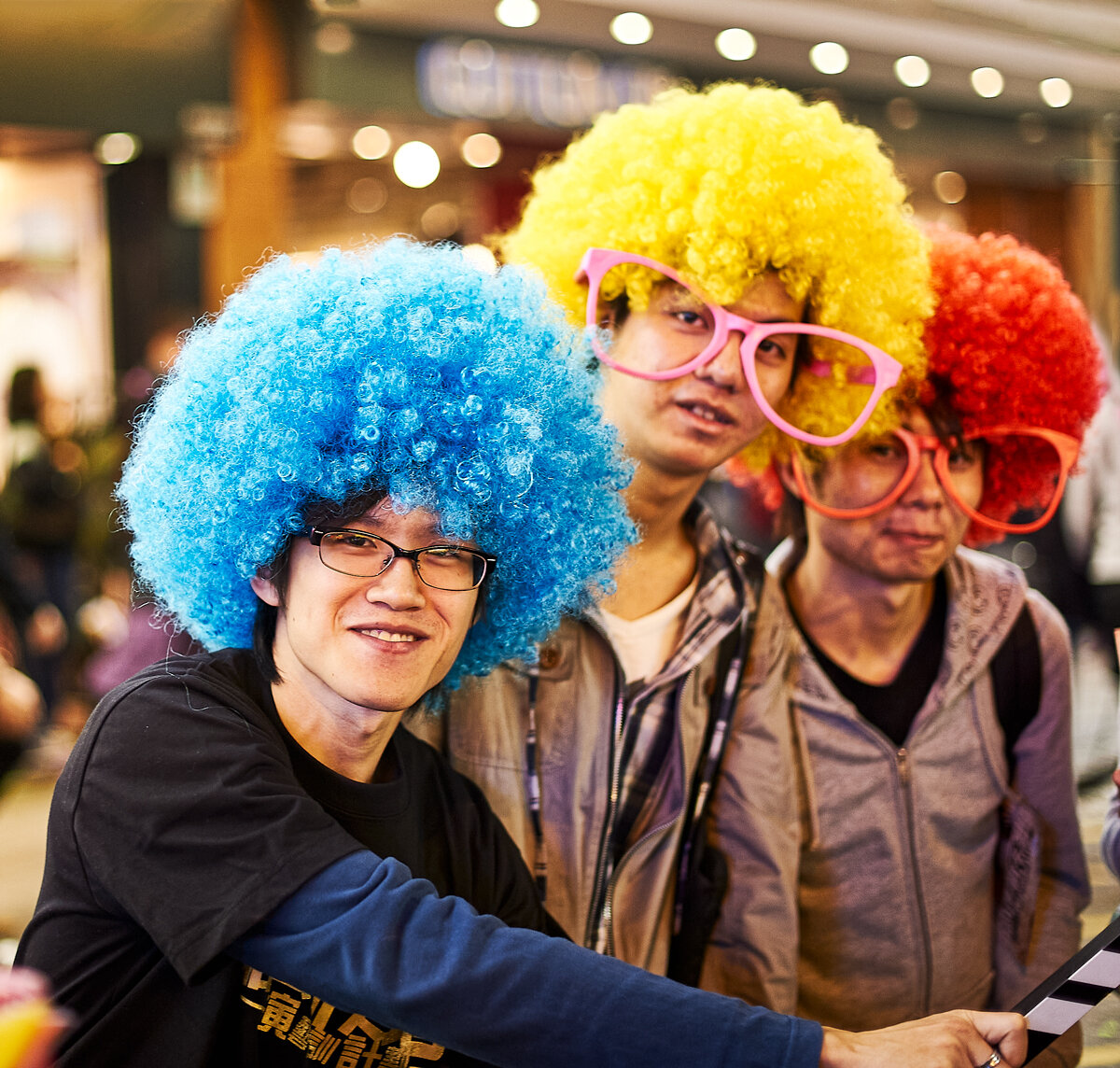Visual culture - tell a story
A picture speaks a thousand words states the saying - except, of course, it doesn't. Words are just the wrapping we put around ideas and items to interconnect - be it in writing, sign language, or verbal. Pictures are the one type of statement that doesn't need any words at all.
Pictures surpass language barriers and cognitive differences. They offer a different understanding to everyone who sees them. A photo of o Hong Kong district might look grey and mundane and, at the same time, fresh and exotic, depending on whoever is seeing it. Consider this photograph of a religious offering place in Hong Kong. If trying to put this image into words, where to begin?
I'd probably start by describing that it's someone's offering place to Chinese gods at a shop with red and gold lettering and incense sticks to please the spirits. I'd talk about what I can see in the image, what's there to see. But what about the advertisement behind? What about the feeling, the mood?
If I had time, I might dig into how the image suggests as well, the difference of believing, perhaps speculate as to the serendipity based on religious belief and of today’s gods. All of that would take some time, and we'd still be missing so much, the colors, the textures, the mood. A viewer of a photograph can get all of that data glancing at it in a split-second.
Of course, not every photo we take will have so many levels of context or complexity, but often the best images can still transport just as much story and narrative regardless.
I find when a composition or shot feels a little empty or lacking, it's the narrative or 'plotline' that is somehow broken or missed then it can help to think of a photograph as a story and reconsider each element of the storyline or narrative to check for gaps and try to fill them.


